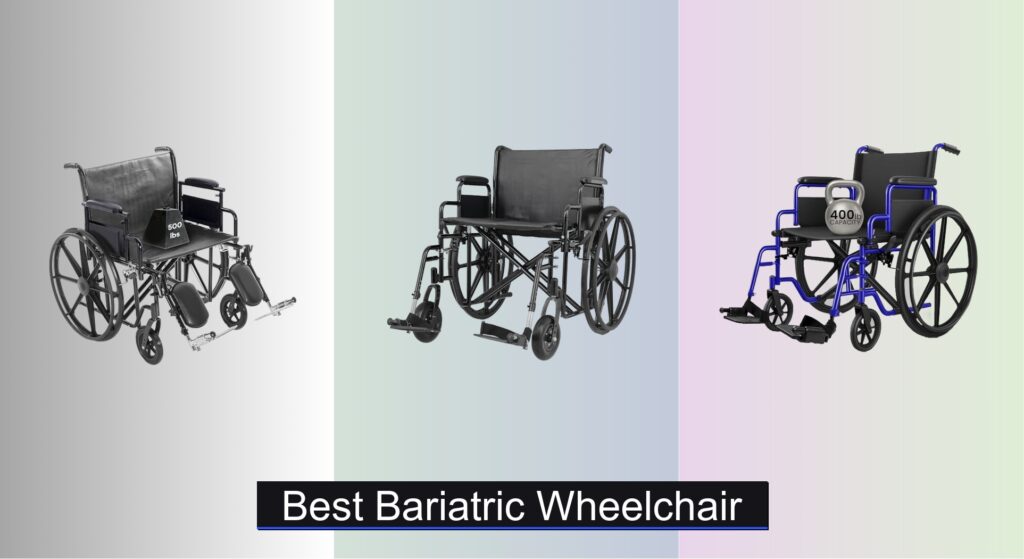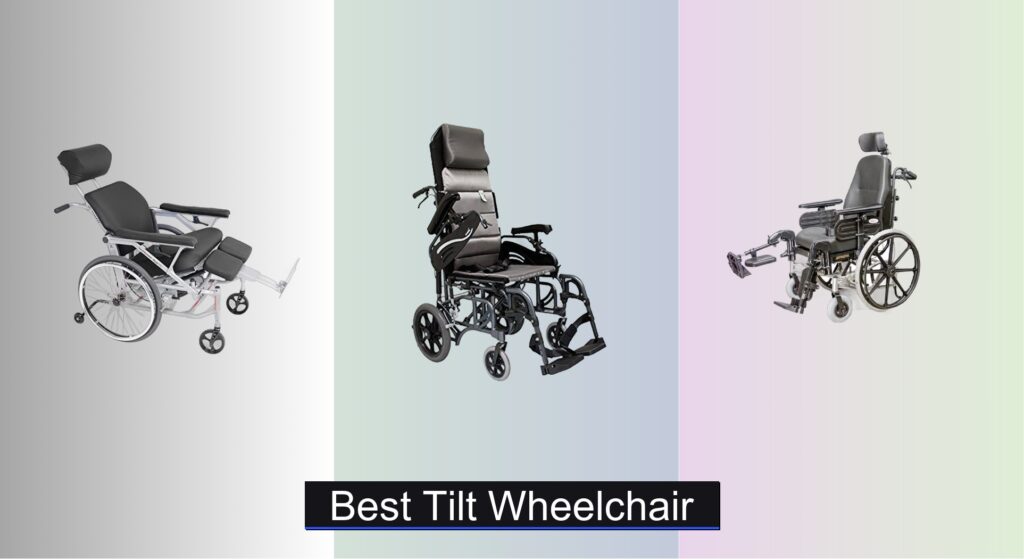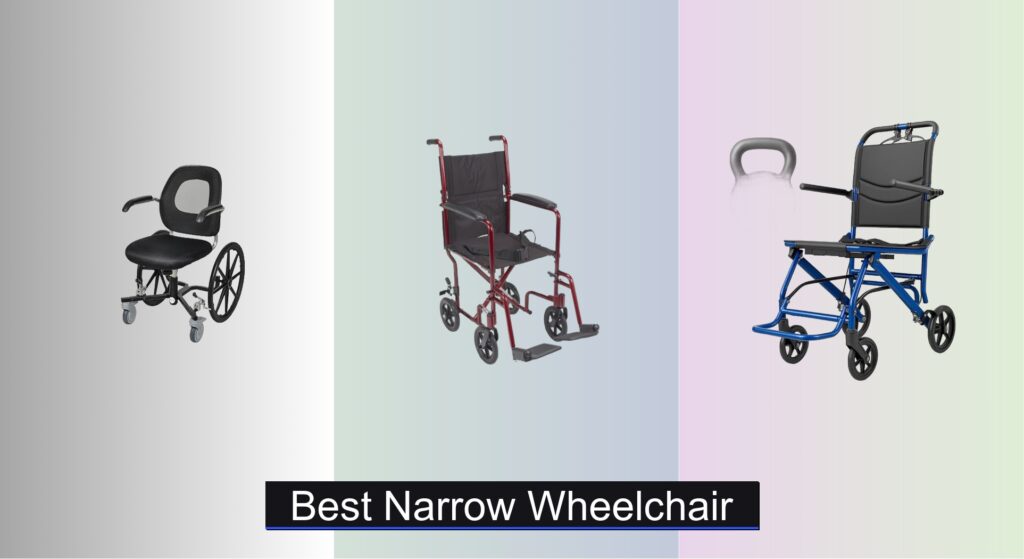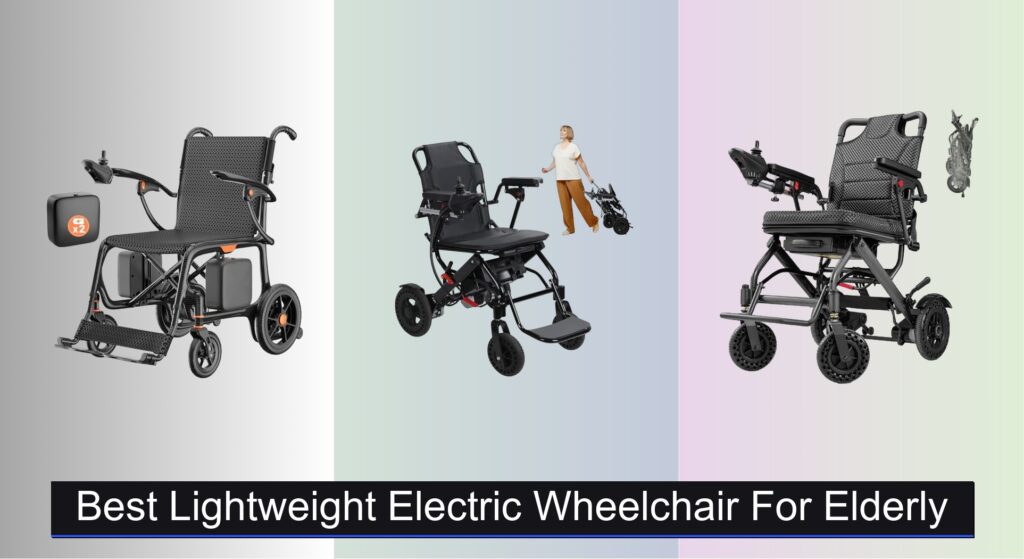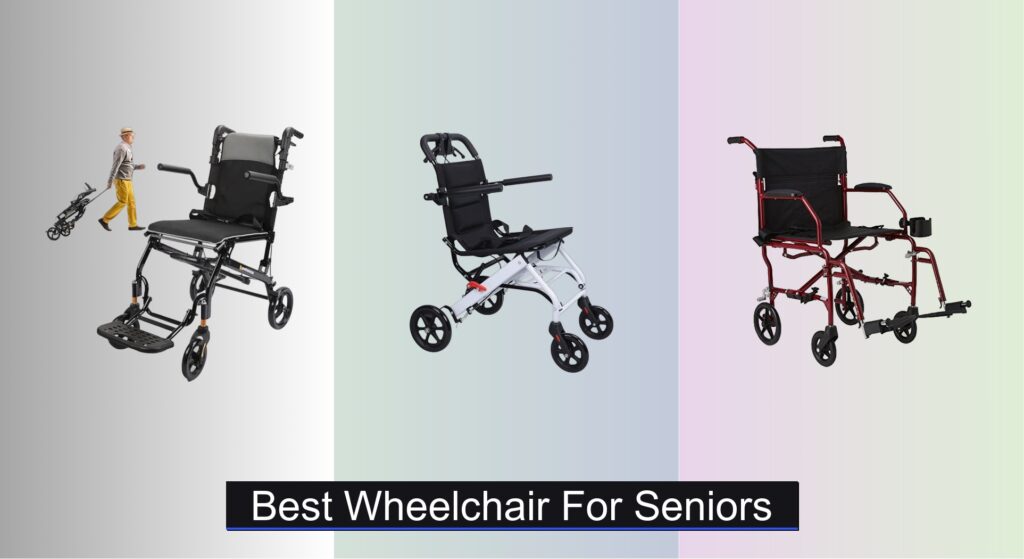Finding the right bariatric wheelchair is about more than just mobility—it’s about safety, dignity, and comfort for individuals with higher weight capacities. Standard wheelchairs often fail to provide adequate support, risking structural integrity and user comfort, which is why specialized bariatric models are essential. These wheelchairs are engineered with reinforced frames, wider seats, and higher weight limits to ensure reliable, long-term use.
We analyzed over 60 bariatric wheelchair models, evaluating key factors like weight capacity (up to 700 lbs), seat width (ranging from 22” to 30”), frame durability, and user-centered features such as swing-away leg rests and foldability. Our top picks balance performance, comfort, and value, based on verified specs, expert insights, and real-world user feedback. Keep reading to discover the best bariatric wheelchair for your needs.
Best Options at a Glance




Medline Excel Extra-Wide Bariatric Chair
Best for Maximum Comfort
- 24″
- 500 lbs
- Chrome
- Removable
- Swing-away


Drive Medical Bariatric Transport Chair
Best Lightweight Option
- 33 lbs
- 450 lbs
- 12″ rear flat-free
- Padded full-length
- Hand wheel lock

PEPE Mobility Self-Propelled Bariatric Chair
Best for Self-Propulsion
- 400 lbs
- Steel
- 22″
- Solid polyurethane
- Yes
Best Bariatric Wheelchair Review
Choosing the Right Bariatric Wheelchair: A Buyer’s Guide
Selecting a bariatric wheelchair requires careful consideration to ensure comfort, safety, and durability. Unlike standard wheelchairs, bariatric models are specifically designed to accommodate individuals with higher weight capacities and often wider body frames. Here’s a breakdown of key factors to help you choose the right one.
Weight Capacity: The Most Important Factor
The weight capacity is paramount. Bariatric wheelchairs range significantly, from 300lbs to 700lbs or more. Always choose a wheelchair with a capacity exceeding your weight, providing a safety margin. Exceeding the weight limit compromises the chair’s structural integrity, leading to potential failure and injury. A higher weight capacity generally equates to a more robust (and potentially heavier) chair.
Seat Width & Dimensions: Prioritizing Comfort
Comfort is crucial, especially for extended use. Seat width is the first dimension to consider. Too narrow, and it will be uncomfortable and may cause pressure sores. Too wide, and it can hinder self-propulsion and maneuverability. Most bariatric wheelchairs offer seat widths from 22” to 30”, with 24” being a common starting point. Also consider seat depth and back height – ensuring these accommodate your body size for proper support.
Wheelchair Type: Self-Propelled vs. Transport/Attendant
Consider who will primarily be operating the wheelchair. Self-propelled models feature larger rear wheels designed for the user to maneuver independently. These require upper body strength and control. Transport (or attendant) wheelchairs have smaller wheels and are intended to be pushed by a caregiver. Transport chairs are generally lighter and more compact, making them ideal for travel or situations where independent mobility isn’t required. Some models offer both options.
Frame Material & Durability: Investing in Longevity
Bariatric wheelchairs endure significant stress, so durability is vital. Most are constructed with heavy-duty steel frames, often featuring reinforced welds. Chrome plating can add extra protection against corrosion. Look for chairs with high-quality casters (wheels) that can handle uneven surfaces and frequent use. Consider the overall build quality – a sturdier frame will contribute to a longer lifespan and increased safety.
Additional Features to Consider:
- Leg Rests: Elevating leg rests can improve circulation and comfort, particularly during prolonged sitting. Swing-away footrests facilitate easier transfers.
- Armrests: Removable or adjustable armrests provide flexibility and accommodate different body types and transfer needs.
- Wheel Locks: Ensure the wheelchair has reliable and easily accessible wheel locks for safety. Push-to-lock mechanisms are often preferred.
- Foldability: A foldable design simplifies storage and transport, especially important for travel.
- Upholstery: Durable, easy-to-clean upholstery is essential for hygiene and longevity.
Bariatric Wheelchair Comparison
| Product | Weight Capacity (lbs) | Seat Width (in) | Foldable? | Leg Rests | Armrests | Wheel Type | Weight (lbs) |
|---|---|---|---|---|---|---|---|
| ProHeal Heavy Duty Bariatric Wheelchair | 500/700 | 22, 24, 26, 28, 30 | No | Tool-free elevating, padded | Removable, padded | 24″ Urethane, 8″ Casters | – |
| Magshion Extra-Wide Bariatric Wheelchair | 500 | 24 | Yes | Swing-away, adjustable | Fixed | Rubber, All-Terrain | – |
| Vive Bariatric Wheelchair 400 lb Support | 400 | 20 | Yes | Adjustable, Swing-away | Padded | Durable | 45 |
| Medline Excel Extra-Wide Bariatric Chair | 500 | 24 x 18 | Yes | Swing-away, adjustable | Removable, desk-length | – | 60 |
| Vive Mobility Bariatric Transport Chair | 450 | 22 | Yes | Height-adjustable, Swing-away | – | 12″ Smooth-Rolling | 48 |
| Drive Medical Bariatric Transport Chair | 450 | – | Yes | Swing-away | Padded | 12″ Flat-Free | 33 |
| PEPE Mobility Self-Propelled Bariatric Chair | – | – | Yes | Height-adjustable, Removable | Padded | Large Diameter Rear Wheels, Solid Polyurethane Front Wheels | – |
How We Evaluated Bariatric Wheelchairs
Our recommendations for the best bariatric wheelchair are based on a rigorous analysis of available data and a focus on user needs. We prioritize safety and functionality, moving beyond simple feature lists. Data analysis included reviewing manufacturer specifications – specifically, verified weight capacities, crucial for bariatric wheelchairs – and cross-referencing these with independent testing reports where available.
We examined user reviews across multiple platforms, focusing on reported durability, comfort (particularly seat width and dimensions), and ease of use for both users and caregivers. Comparative analysis concentrated on frame materials (primarily heavy-duty steel), weld quality, and caster performance, evaluating how these factors impact long-term stability.
Since comprehensive independent physical testing of bariatric wheelchairs is limited, we leaned heavily on expert opinions from occupational therapists and mobility specialists regarding design features that promote proper posture and reduce pressure sore risk. We also considered the breadth of available options – self-propelled versus transport models – and assessed which chair types best serve diverse user needs and lifestyles, aligning with guidance from the provided Buying Guide.
FAQs
What weight capacity should I look for in a bariatric wheelchair?
Choose a bariatric wheelchair with a weight capacity exceeding your current weight. This provides a crucial safety margin and protects the chair’s structural integrity. Options range from 300lbs to 700lbs or more, so select accordingly.
What is the difference between a self-propelled and a transport wheelchair?
A self-propelled wheelchair has larger rear wheels enabling independent movement, requiring upper body strength. A transport (or attendant) wheelchair has smaller wheels and is designed to be pushed by a caregiver – ideal when independent mobility isn’t needed.
How important is seat width when choosing a bariatric wheelchair?
Seat width is critical for comfort. A seat that is too narrow can cause pressure sores, while one that is too wide can hinder maneuverability. Most bariatric wheelchairs offer widths from 22” to 30”, with 24” being a common starting point.
What materials are bariatric wheelchairs typically made from, and why?
Most bariatric wheelchairs are made with heavy-duty steel frames and reinforced welds due to the significant stress they endure. Chrome plating may also be used for corrosion protection. Prioritizing durable materials ensures longevity and safety.
Conclusion
Choosing a bariatric wheelchair is a significant decision impacting independence and quality of life. Carefully consider weight capacity, seat dimensions, and the type of wheelchair – self-propelled or transport – that best suits individual needs and lifestyle. Prioritizing durability and additional features like adjustable leg rests will further enhance comfort and usability.
Ultimately, the “best” bariatric wheelchair is the one that provides a secure, comfortable, and reliable mobility solution. By thoughtfully evaluating these key factors and referencing resources like the guide provided, you can confidently select a chair that promotes both well-being and independence for years to come.

